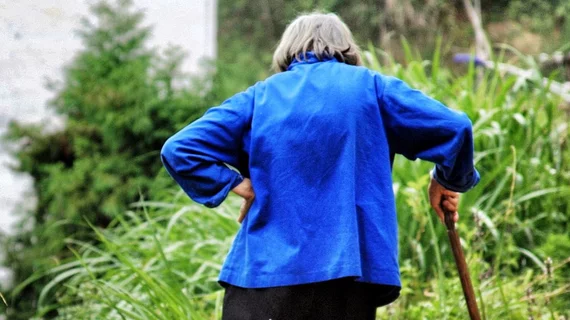Gathering a second bone mineral density measurement three years after the initial scan provides no benefit to healthy postmenopausal women, according to an analysis published Monday.
Experts across several institutions made such a discovery by analyzing outcomes from some 7,400 patients who received BMD at around age 66, and again as a follow-up a few years later. They found that the second test did not improve accuracy of the fracture-risk assessment and encouraged providers to eliminate this practice from their regular treatment protocol, experts wrote in JAMA Internal Medicine.
“The present results suggest that routinely repeating measurement of BMD three years after baseline does not have high clinical utility, especially in context of the competing demands and time constraints of the busy clinical practice setting,” wrote Carolyn Crandall, MD, a UCLA internal medicine physician, and colleagues. "Moreover, there are public health consequences of the cost and resources required to perform BMD scans that may not provide meaningfully important information for clinical decision-making regarding fracture prediction,” they added later.
To reach their conclusions, the team evaluated data from the large-scale Women’s Health Initiative, pinpointing a cohort of 7,419 treated at three health centers between 1993 and 2010. Analyzing the 12 years after follow-up, Crandall and colleagues determined that the second scan—using dual-energy x-ray absorptiometry—failed to improve discrimination between women who did and did not experience a subsequent hip injury or major osteoporotic fracture. In fact, the first test proved more predictive, which held true across age, race or ethnicity.
BMD is a well-recognized predictor of fracture risk, with the U.S. Preventive Services Task Force recommending screening for osteoporosis in women 65 and older. However, for the healthy postmenopausal population, USPSTF urges selective testing tied to certain risk factors, and it offers no guidance on frequency, the writers noted.
“This information will inform future guidelines regarding the interval for repeated BMD testing in untreated postmenopausal women,” the research team concluded. “Our findings further suggest that resources should be devoted to increasing the underuse of baseline BMD testing among women aged 65 and 85 years, one-quarter of whom do not receive an initial BMD test.”
Read more of the analysis in JAMA Internal Medicine here.

